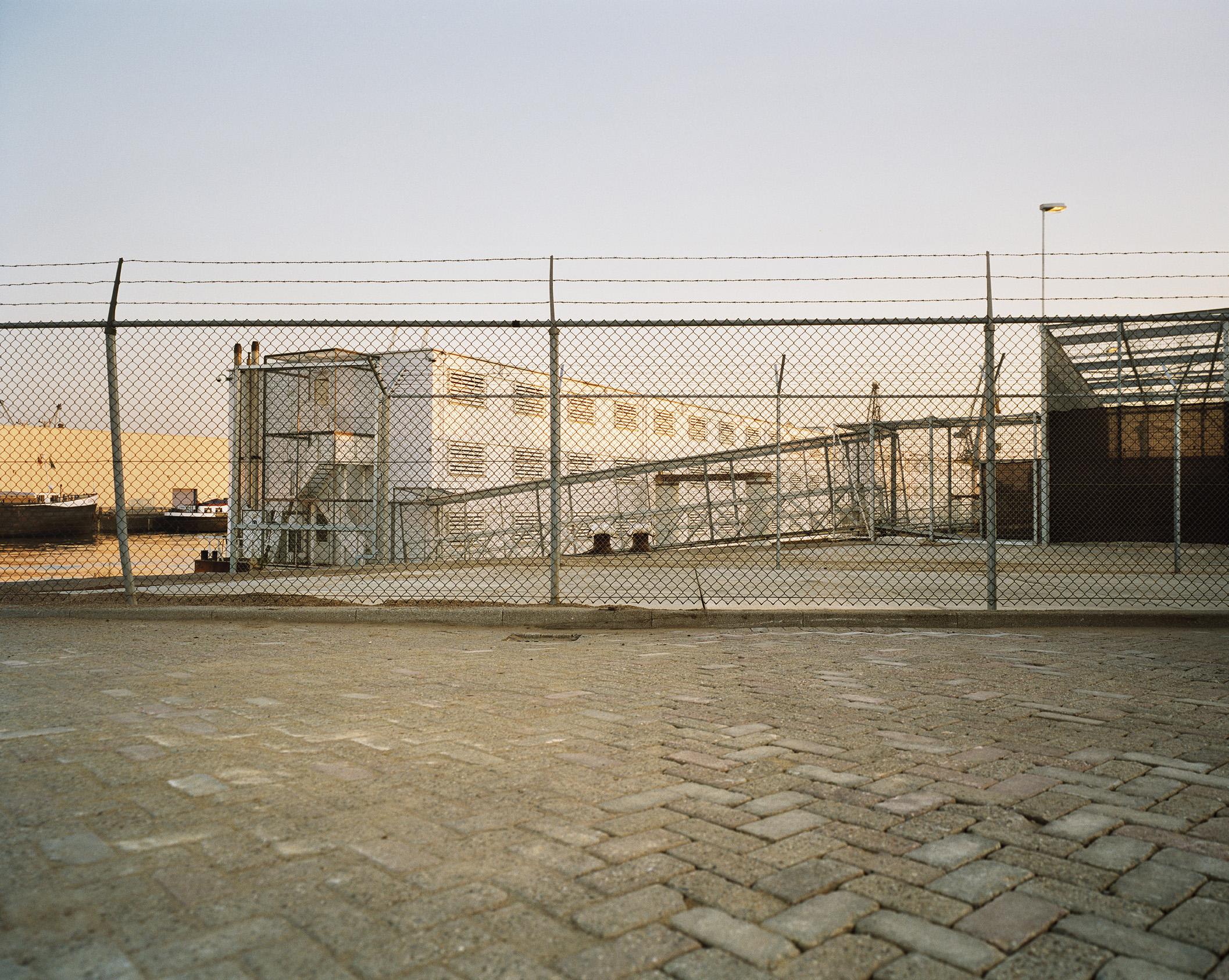Floating prison offers a unique plumbing solution

Public opinion varies markedly in terms of where prisoners and displaced persons should be accommodated. The attitude used to be ‘so long as they aren’t near me’, but the growing voice of human rights supporters is demanding better conditions for society’s unfortunate and underprivileged.
Water supply and sanitation are crucial for managing the health and well-being of inmates in relatively confined facilities. When one of the plumbing industry’s main suppliers mentioned to WPR the important role played by plumbing electronics in detention centers, we decided to learn more about a unique facility in the Netherlands.
In that country, floating prisons that use the latest developments in plumbing technology have been constructed as alternative detention facilities. This technology includes the provision by Stern Faucets of its piezo technology for two new detention boats in Amsterdam as well as a renovated detention boat in Rotterdam.
These projects use a programmable piezo switch for different types of application. For example, a prisoner’s cell has piezo switches as an interface to control water flow at the wash basin, shower and toilet. The switch connects to a latching solenoid valve to open and close the water flow, or connects to a solenoid valve incorporated in a piston flush valve for toilet flushing.
Stern Faucets director of international sales Christiaan Scholtes says the piezo button is an important tool in the prevention of bacteria growth (that can cause Legionnaires Disease) in water supply lines by allowing showers, wash basins and toilets to flush automatically every 24 hours.
“The robust design and the fact that the button has no moving parts almost completely eliminates the need for maintenance. If necessary, remote maintenance is possible through a single wire that leads from the central service area to each piezo button in the prison cells. Maintenance and safety costs are drastically reduced, as maintenance personnel and prison guards do not need to enter individual prison cells.
“Piezo refers to the properties of certain types of crystal that change shape with the application of electrical voltage, and which in turn produce electrical voltage as a result of these changes. The word is derived from the Greek ‘piezein’, which means to squeeze or press.
“Piezo-electric devices are made with these crystals, which are ceramicized, layered, and converted into elements to serve as the central units in digital devices. Advance qualities of these piezo-electric devices include great force, rapid response times, and high displacement accuracy. They are also exceptionally energy efficient and small enough to use in the thinnest, most compact locations.”
Scholtes says several factors led to the Stern decision to strongly focus on piezo products and components.
“On one side, the market for sanitary products has a strong need for controlling water supply electronically. Water supply is still being controlled mechanically. At the same time, there’s a need for a vandal-proof interface and a cost-effective solution, especially for applications such as detention facilities.
“In addition to providing accurate water flow and remote control by a building control system, piezo technology offers greater freedom of product design because it can be seamlessly integrated into products and panels.”
Wout van Leeuwen of Odevi (Stern’s Netherlands agent) supplied the products and advised on their installation and operation for the detention boat projects.
“These floating detention facilities, primarily used to accommodate people who have entered the country without appropriate documentation or approvals, are three stories high and built on pontoons moored to jetties in the harbour,” he says.
“Consisting of prefabricated steel and composite materials, they are cost effective and very easy and quick to construct. Each boat is 100m long (109 yards) and 25m wide and contains 155 cells of four by 2.5m, with a recreational area in the middle. Potable water is piped to an on-board storage, and wastewater is pumped onshore for treatment at a city facility.
“Stern’s piezo technology is playing an important role in helping to conserve water on the detention boats, and the battery facility is helping to save energy by enabling the operation of wash basins, showers and toilets to be electronically controlled independently of the electricity grid.”
Stern recently released the advanced piezo switch (APS) that is part of the company’s new generation of programmable vandal-proof piezo switches. It allows electronic control of faucets, flush valves and showers and is designed for use in harsh and high-traffic areas.
Features of the APS include programmable flow time, automatic hygiene flushing, low-battery indication, on-off function and lock-out time. It can be programmed according to the customer’s requirements, directly connected to latching and non-latching solenoid valves and operated by a battery or transformer.
Also new from Stern is its first electronically operated self-closing faucet activated by piezo technology. Scholtes says Perfect Time is an electronic version of a regular mechanical self-closing faucet. It is operated by touch and is aimed at the high-volume market of mechanical self-closing faucets.
“It is positioned as the better alternative, while remaining in a similar budget region. The aim is to provide a cost-effective, durable and reliable solution that will fill the gap between mechanical self-closing faucets and electronic sensor faucets.
“Perfect Time provides several major advantages over regular self-closing faucets, including extra water-saving possibilities, significant reduction of maintenance costs and an anti-vandal design with a ‘non-hold open’ feature. Electronic features include on-site advanced flow time adjustment, lock-out time, and hygiene flush that can be switched on and off on-site. Perfect Time has very low power consumption and will easily work more than 500,000 cycles.”
